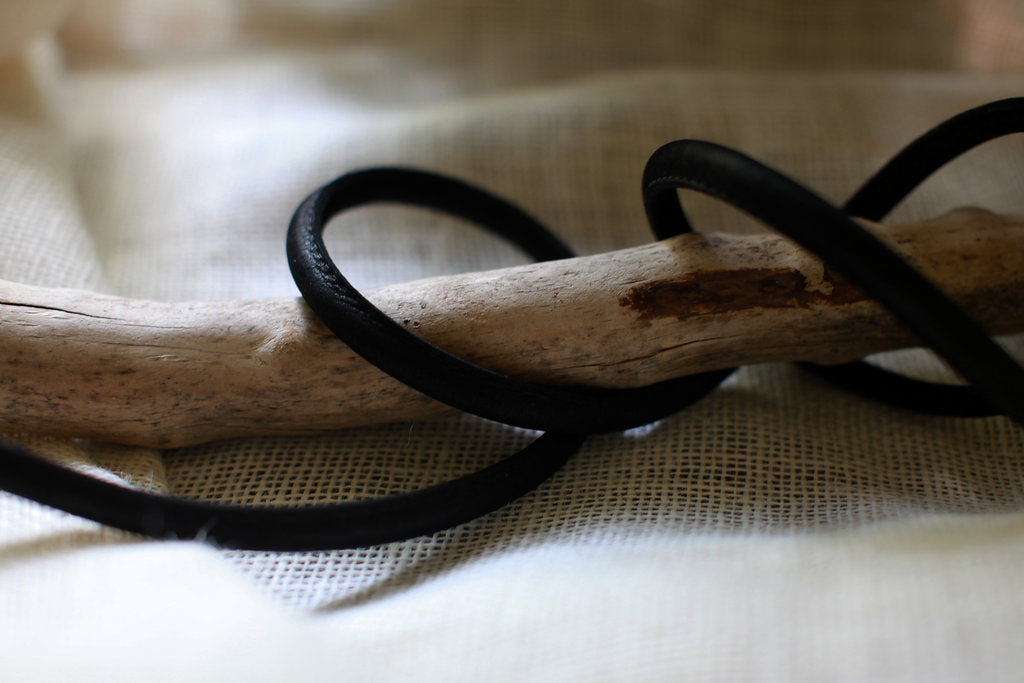Back to my roots
“If we could change ourselves, the tendencies in the world would also change. As a man changes his own nature, so does the attitude of the world change towards him. We need not wait to see what others do.” -- Ghandi
Those of you that know me personally know that I am really shy. I can’t stand the spotlight. It makes me physically ill to even imagine speaking to a group of people any larger than could fit at my dinner table, which is why you have never really heard from me, personally, in this forum or really any other, on any subject. That is going to change. It's not going to be easy for me, so please bear with me as I try and find my voice, a voice that I’ve never felt comfortable using. From now on I am going to speak openly and honestly about the things that really matter.
About 15 years ago, I made the decision that I wanted to surround myself with only high-quality items and stop wearing items that were meant to last only the season and then get discarded. It just felt wrong to me. Growing up, I didn't know anything about labels or trends. My clothes were either hand-made or hand-me-down. It wasn't glamorous, but it wasn't miserable, and it taught me about quality, durability and versatility. I had succumbed to cultural pressure and I wanted to fix it.
Now, 15 years ago, with a successful real estate business and no family, buying only high-quality was a hell of a lot easier to do than say, 10 years ago, when the market crashed and I was pregnant with my son. But instead of heading to Target, I decided to learn how to sew. (Shout out to both mom and YouTube, here.) I told myself that if I couldn’t afford the $200 pillow that would last a decade, then maybe I could afford the raw fabric and an insert. That’s how I became a designer. I didn’t go to fashion school. I didn’t grow up worshipping Coco Chanel. I just loved nice things and couldn’t afford them, so I learned how to make them.
As my business began to grow, and I realized that I couldn’t keep up with demand with my small team of sewers, I began to reach out to other manufacturers, at home and abroad, for help. That was my first experience with the devastating realities of the fashion industry. There were companies in east Asia that could produce my bags for one quarter of the price that I could do at home. When something seems too good to be true, it usually is, and let me tell you, it was. The materials were cheap and largely composites, and very few manufacturers would divulge their labor conditions, and those that did were clearly lying.
The thing is, people are dying, quite literally, so we can have a $6 tank top or a $20 purse. From the farmer who was forced to grow the genetically modified cotton, to the seamstress who assembled it for less than a penny, to the unsuspecting families downstream of the river where they dumped the dye. (If you haven’t seen True Cost, the heartbreaking documentary on the effects of fast fashion around the globe, you should. It changed my life, my business, and my entire world view.)
First, I should note how incredibly grateful I am to be designing products that some people truly love. Every time I see a woman carrying a bag or wearing shoes that I have designed and sold, I feel a rush of pride, embarrassment, and fear; every single time. So it feels really strange to talk about how much I loathe the current state of the fashion industry. But Ghandi said you have to “be the change you want to see in the world,” so that’s what I’m going to do.
There are certain things that I have always done in my business, and that I will never change:
But I’ve decided that is not enough. I’d like to do my part to change the culture of consumerism in our society. It's a culture that expects a wardrobe overhaul every three months. It’s a culture that favors fast, cheap, and replaceable over quality materials and durability.
So over time, I will be changing how I release new products. I am not going to be bound by the fashion calendar, with a new slate of styles and colors every 3 months. Sure, you will see new designs from me, but you’ll see them when they’re ready, when they’re tested thoroughly. When I release something new, you’ll know that it is built to last for as long as you can stand it. Candidly, I’d prefer you not buy a new pair of my shoes every season. I’d rather repair them in five years. What makes me really happy is seeing a weathered Pintuck Clutch from 2013 tucked proudly under the shoulder of a 13-year-old girl whose mom handed it down after 5 years of use.
Maybe bucking the industry isn’t the most profitable thing I can do, and I am fully aware that I am not big enough to change society with my little adjustment, but I do know that it is a step in the direction of change that I’d like to see in the world.


